Issue 1/2020 (March 2020)
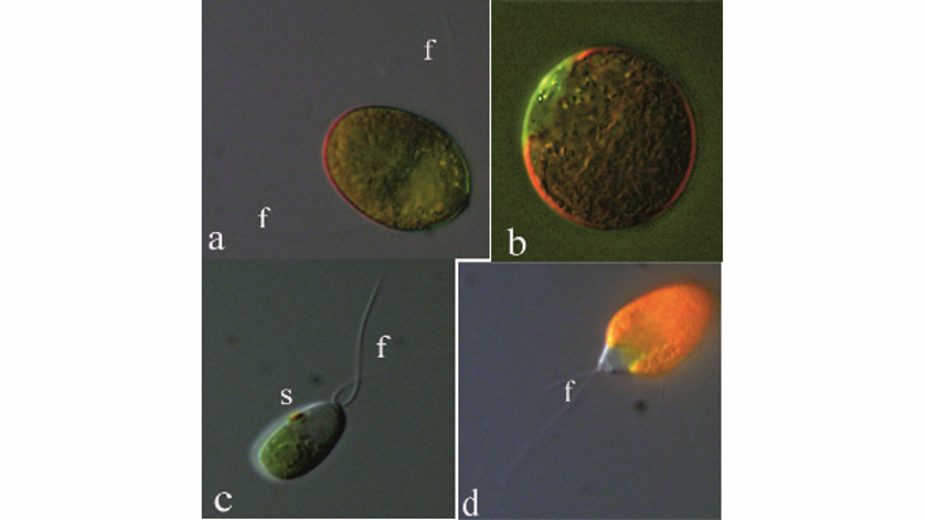
The use of 18S ribosomal DNA, ITS and rbcL molecular markers to study the genus Dunaliella (Dunaliellaceae) in Iranian samples: A phylogenetic approach
The microalga Dunaliella has been the focus of attention over recent decades owing to its high biotechnological potential for the production of β-carotene, biofuels and even as a good expression system for the production of
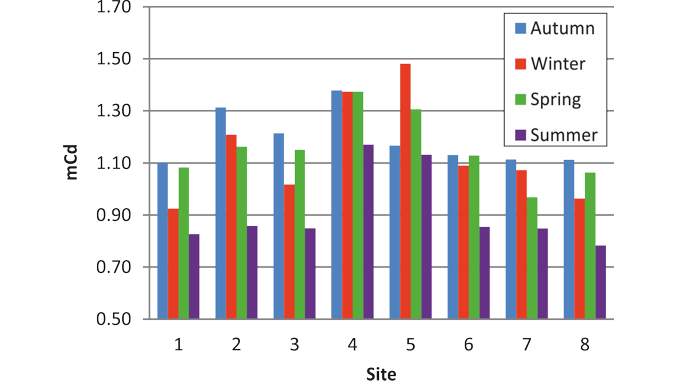
Risk assessment of heavy metal pollution in water, sediment and plants in the Nile River in the Cairo region, Egypt
Samples of water, sediment and two native plants (Eichhornia crassipes and Ceratophyllum demersum), collected seasonally from eight sites, were analyzed to investigate the level of contamination with metals (Fe, Mn, Ni, Co, Zn, Cu, Cr,
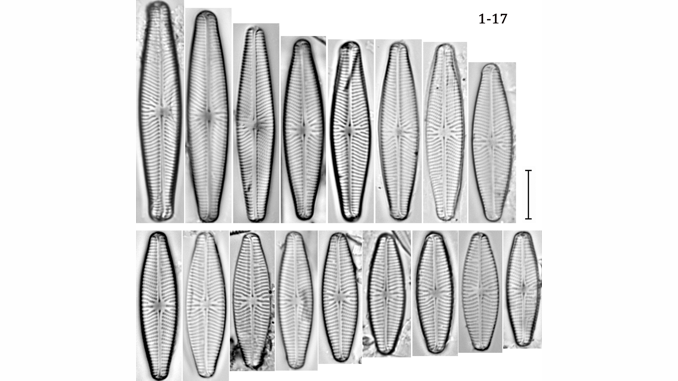
New records of Navicula sensu stricto from Serbia with taxonomic notes and autecological characterization of Navicula splendicula and N. moskalii
A total of 15 Navicula taxa were recorded in epilithic communities occurring in seven rivers of Serbia, all of which are new to the diatom flora of Serbia. The most interesting of them are N.
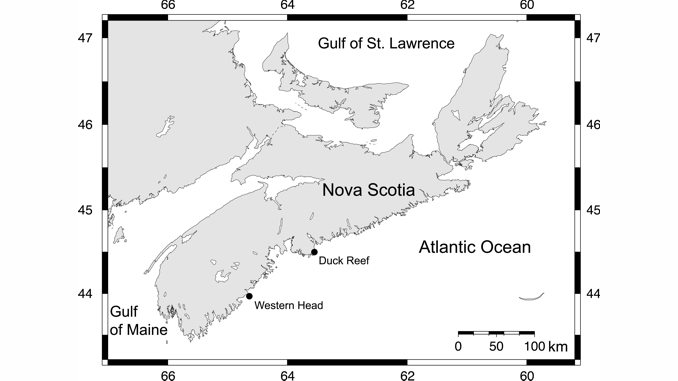
Marked contrast in wind-driven upwelling on the southeastern Nova Scotia coast in July of two years differing in ENSO conditions
Upwelling occurs on several coasts of the world, but it has mostly been studied on eastern ocean boundaries. We investigated upwelling on a western ocean boundary for which limited information exists. Using daily in-situ data
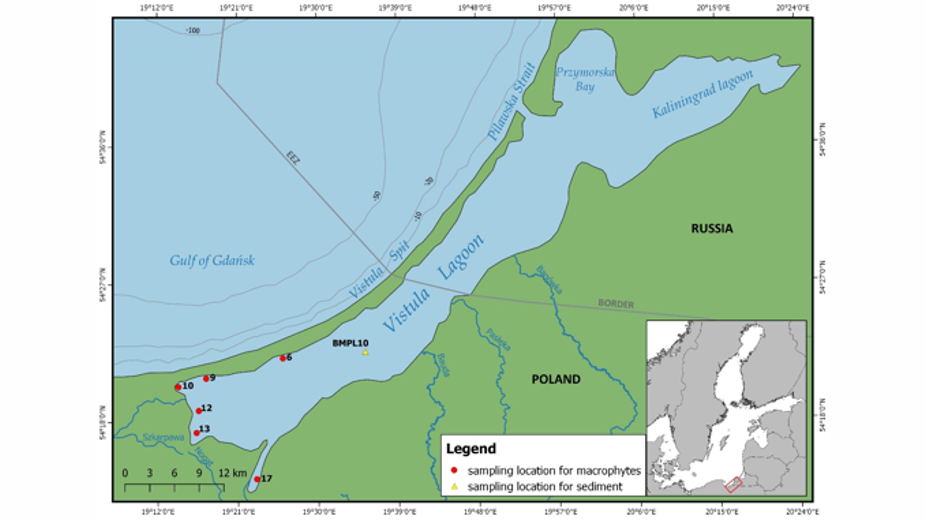
Heavy metals and 137Cs levels in macrophytes and temporal distribution in sediments – application for estuarine environment status assessment (Vistula Lagoon – southern Baltic)
The paper presents the first data on the concentrations of heavy metals (Cd, Pb, Zn, Cu, Ni, Cr, Mn) and 137Cs and their contamination ratios (CR) in the most abundant species of macrophytes in the
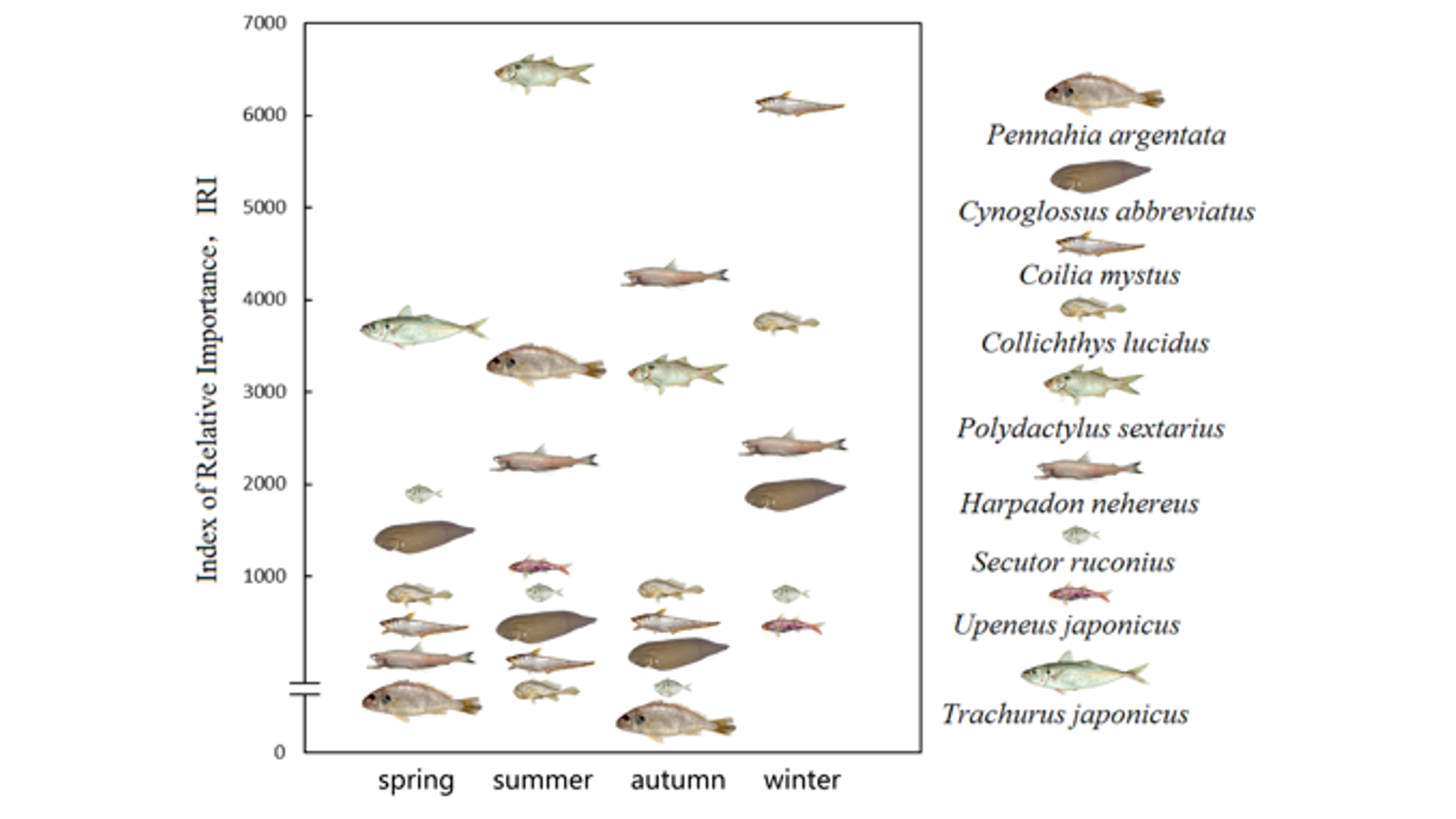
Dominant species drive seasonal dynamics of the fish community in the Min estuary, China
Fishery resources are currently facing multiple stresses such as overfishing, pollution and climate change. Looking into processes and mechanisms of the dynamic fish community through detailed quantitative analyses contributes to effective conservation and management of
